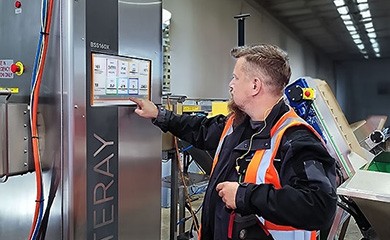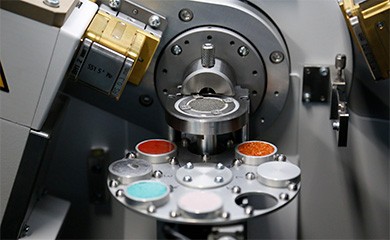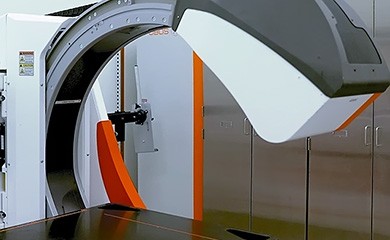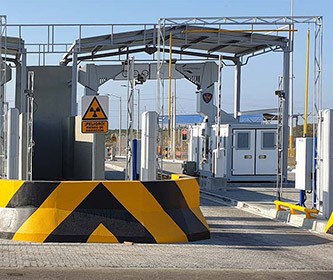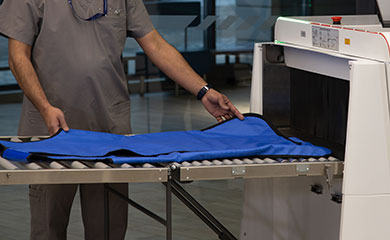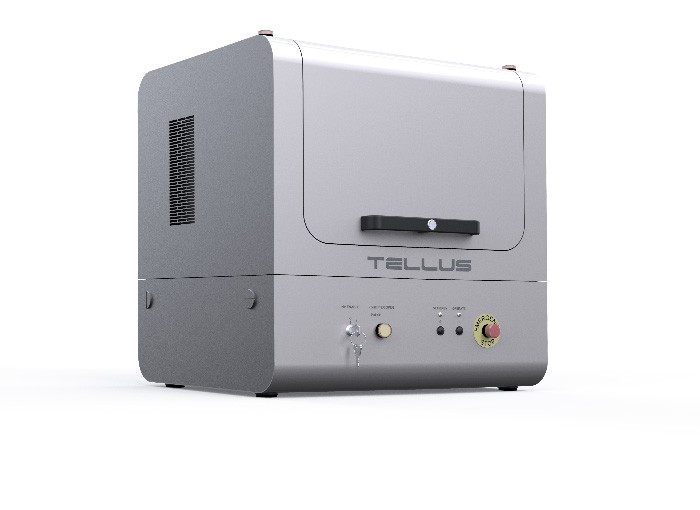
LINEV Systems has established itself as a trailblazer in the field of benchtop science products. With a dedication to innovation, accuracy, and excellence, LINEV Systems is transforming the industry of analytical technique by providing professionals, such as researchers and scientists, with cutting-edge solutions for their laboratory requirements. LINEV Systems stands out for its commitment to creating cutting-edge benchtop analytical technique in an environment where science is becoming more demanding and fast-paced.
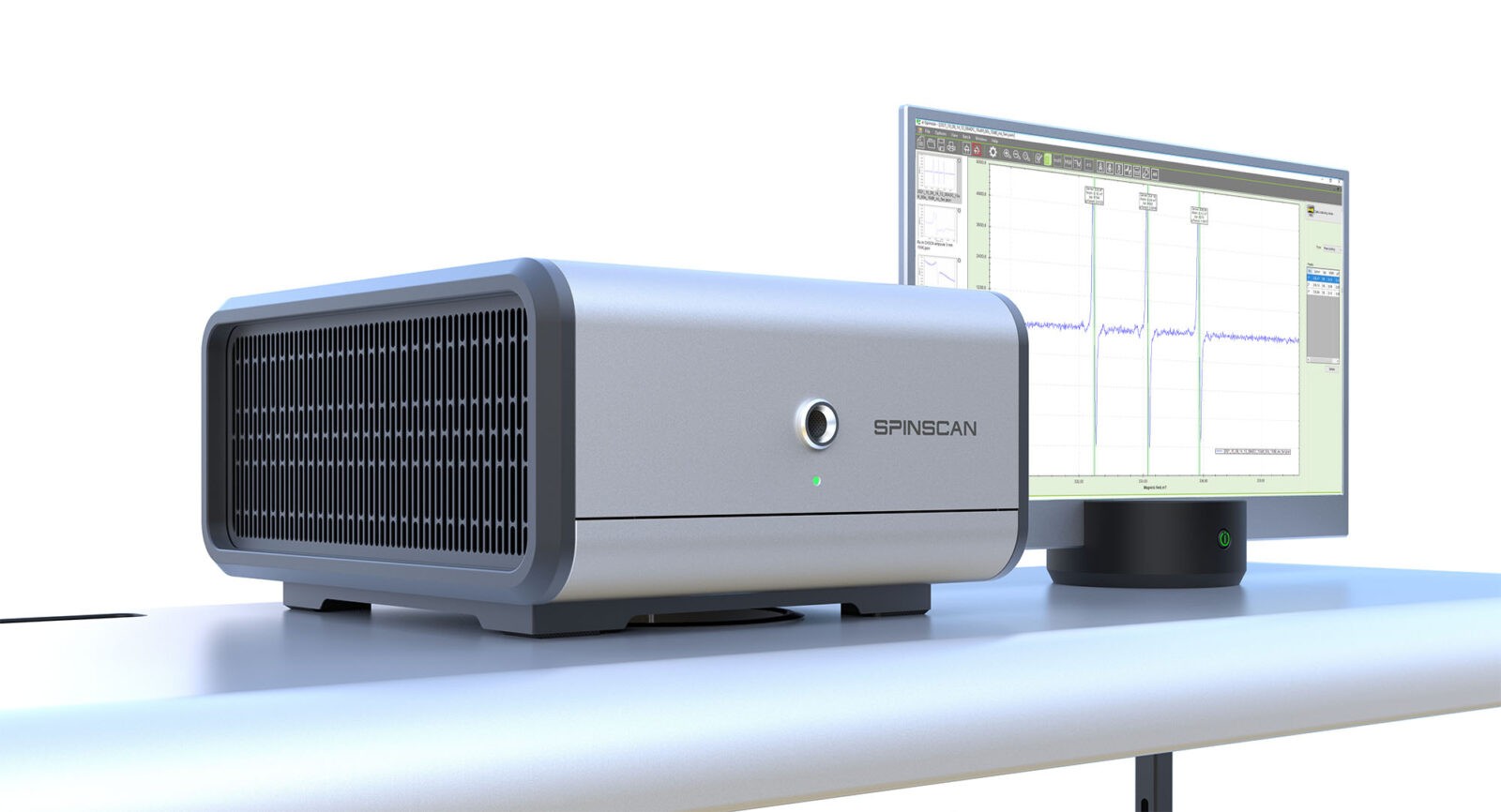
SPINSCAN — Advanced Range of Solutions
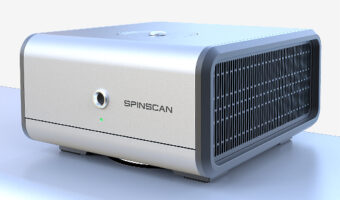
Outstanding performance meets the needs of scientific and industrial laboratories
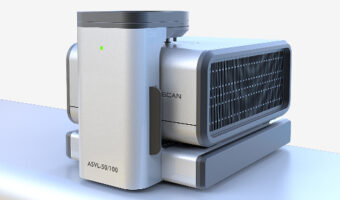
SPINSCAN | Routine low and high-dose dosimetry in daily medical clinics practices and industrial irradiation facilities
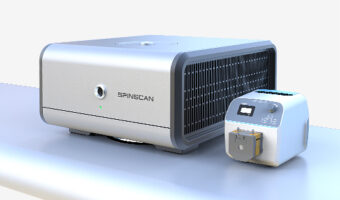
SPINSCAN | Rapid prediction for beer flavor stability based on EPR in brewing industry
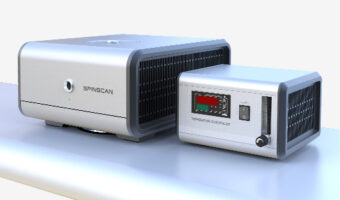
SPINSCAN | Catalyst Studying System
Accessories
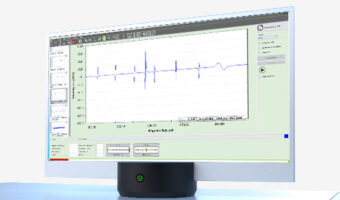
LOT #S2001 | The intuitive software package for conducting EPR spectroscopy experiments on substances with paramagnetic properties
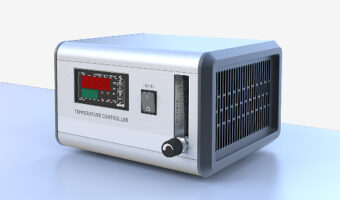
LOT #A2013 | Bio Temperature Controller
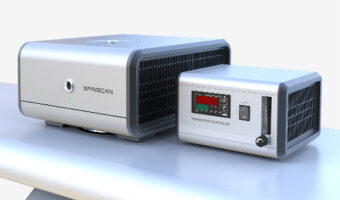
LOT #A2011 | External system to control the temperature in the sample area
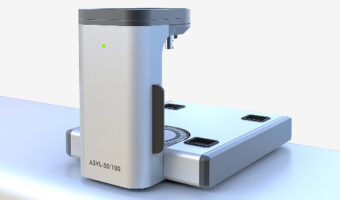
LOT #A2009 | Automatic sample changer
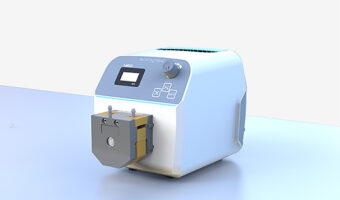
LOT #A2008 | Continuous Flow System
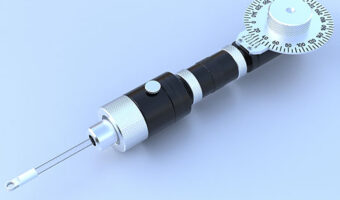
LOT #A2007 | For studying the anisotropic samples by EPR
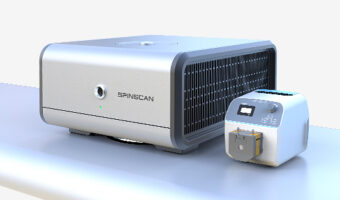
LOT #A2004 | Beverage analysis
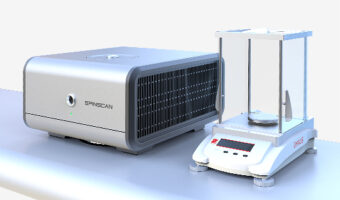
LOT #A2003 | Alanine dosimetry
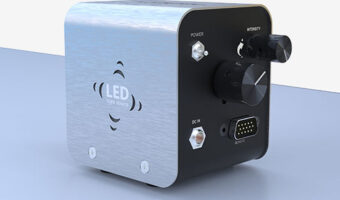
LOT #A2003 | Identification and study of free radicals, ion-radicals and triplet-state molecules generated during photochemical processes
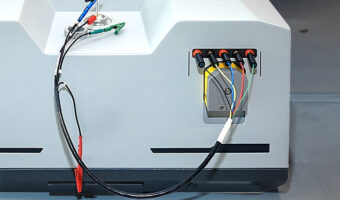
LOT #A2002 | Electrochemistry
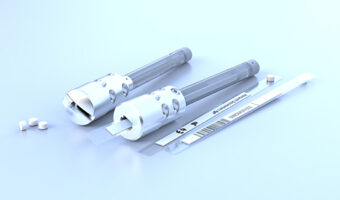
LOT #A2001 | We provide a variety of EPR Spectrometer accessories and options to increase your experimental flexibility. This section lists the most often used ones.

LOT #A2021 | Manganese Mg2+in MgO
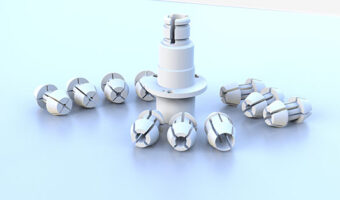
LOT #A2020 | Holder and positioning system for Standard Samples in 3 mm Sample Tubes

LOT #A2019 | Optional packages for Reactive Oxygen Species

LOT #A2018 | Fixed temperature dewar for N2 liquid
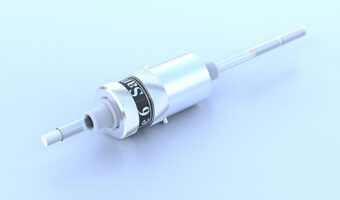
LOT #A2017 | Optional Packages for Alanine Dosimetry

LOT #A2014 | UV-VIS Sources
Glassware
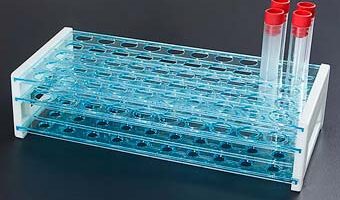
LOT #G2001 | Sample storage

LOT #G2002 | Tissue Cells

LOT #G2004 | Sample Holders, Flat Cell Cuvette and Tissue Cells

LOT #G2005 | Optional accessories

LOT #G2006 | Holder and accessories for alanine dosimetry
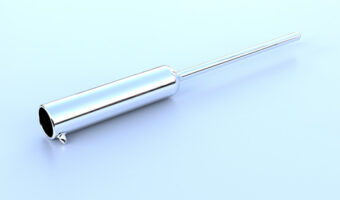
LOT #G2007 | Accessories for temperature controller

LOT #G2008 | Capillary measurements for liquid samples

LOT #G2009 | Sample Tubes and Closing Caps
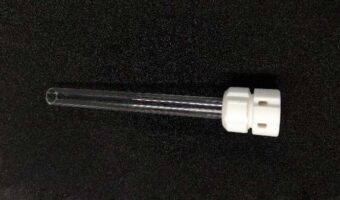
LOT #G2010 | Resonator protection tubes

LOT #G2011 | Standard Sample Holder
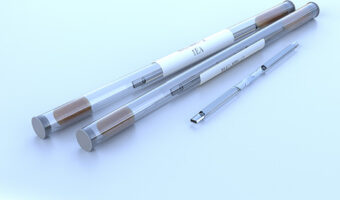
LOT #G2012 | Flat Cell Cuvette
Applications
Our products and solutions serve a wide range of clients’ rapidly changing demands in life science research, pharmaceuticals, biotechnology, applied markets, cell biology, clinical research, microbiology, in-vitro diagnostics, nanotechnology, and materials science research.
Main applications you can use our product for:

Electron paramagnetic resonance (EPR) spectrometer is a scientific instrument used to study materials with unpaired electrons, such as free radicals, transition metal ions, and material defects. This technique is also known as electron spin resonance (ESR) spectroscopy.
The electron paramagnetic resonance spectrometer works by measuring the absorption of microwave radiation by paramagnetic substances, including materials with unpaired electrons, such as free radicals and transition metal ions. Here’s a high-level overview of how an EPR spectrometer works:
The sample containing paramagnetic species is typically placed in a small tube or cavity within the spectrometer.
The sample is then placed in a strong, static magnetic field, which causes the unpaired electrons in the sample to align with the field.
The spectrometer emits microwave radiation at a specific frequency, typically 1-100 GHz.
The resulting EPR spectrum, which displays the absorption of microwave radiation as a function of the applied magnetic field, provides information about the nature of the unpaired electrons in the sample. This can include details about the number of unpaired electrons, their environment, and their interactions with neighboring atoms or molecules.
When the frequency of the microwave radiation matches the resonance frequency of the unpaired electrons in the sample, they undergo a transition to a higher energy state. This results in the absorption of the microwave radiation.
The spectrometer detects the absorbed microwave radiation, typically by measuring the reflected or transmitted microwave power changes.
The fastest way to hear back from us is to fill the contact form below. Our appropriate department will get back to you depending on your inquiry as soon as possible.
Tabletop EPR (Electron Paramagnetic Resonance) spectrometers offer several advantages, making them valuable for various research and analytical applications. Some of the benefits of tabletop EPR spectrometers include:
- Portability: Tabletop EPR spectrometers are designed to be compact and portable, allowing for easy transportation between different locations or laboratories. This portability can be particularly beneficial for fieldwork or on-site measurements.
- Ease of use: Tabletop ESR spectrometers are often designed with user-friendly interfaces and streamlined operation, making them accessible to a wide range of researchers and technicians. This can reduce the learning curve and training time required to operate the instrument effectively.
- Cost-effectiveness: Compared to larger, more complex EPR spectrometers, tabletop models typically have lower acquisition and maintenance costs. This can make them a more accessible option for research groups or laboratories with budget constraints.
- Quick setup and measurement: Tabletop ESR spectrometers are designed for rapid setup and measurement, allowing researchers to perform experiments and efficiently obtain results.
- Versatility: These instruments can be used for various applications, including chemical analysis, material characterization, and biochemical studies, providing valuable insights into the properties and behavior of paramagnetic substances.
Electron paramagnetic resonance (EPR) spectrometers, also known as electron spin resonance (ESR) spectrometers, can be used in various scientific and research settings to analyze and study paramagnetic substances. Here are some typical applications and places where EPR spectrometers are used:
- Chemistry laboratories: EPR spectrometers are frequently used in chemistry laboratories to study free radicals, metal ions, and other paramagnetic species. They can provide valuable information about the structure and reactivity of chemical compounds.
- Biochemical research: ESR spectrometers are used in biochemistry and biophysics research to study the behavior of paramagnetic centers in proteins, enzymes, and other biological molecules. This can provide insights into biological processes and mechanisms.
- Materials science: EPR spectrometers are utilized to investigate defects, impurities, and the electronic properties of materials such as semiconductors, catalysts, and nanoparticles.
- Pharmaceutical industry: ESR spectrometers are used in drug development and pharmaceutical research to study the stability, reactivity, and interactions of pharmaceutical compounds, as well as to investigate the behavior of free radicals in biological systems.
- Environmental monitoring: ESR spectrometers can be employed in environmental science and monitoring to study the presence and behavior of free radicals and paramagnetic species in environmental samples, aiding in assessing pollution and environmental contamination.
- Geology and earth sciences: EPR spectrometers are used to study geological materials, including minerals, rocks, and soil, to investigate the presence of paramagnetic centers and gain insights into the geological history and processes.
- Forensic science: EPR spectrometers are utilized in forensic laboratories to analyze evidence, such as trace evidence and materials involved in criminal investigations, to obtain information about their electronic properties and interactions.




